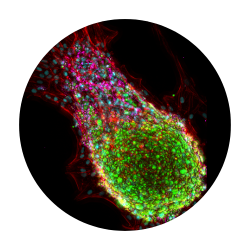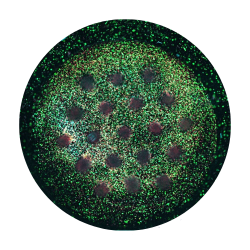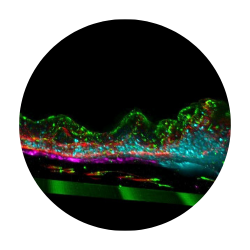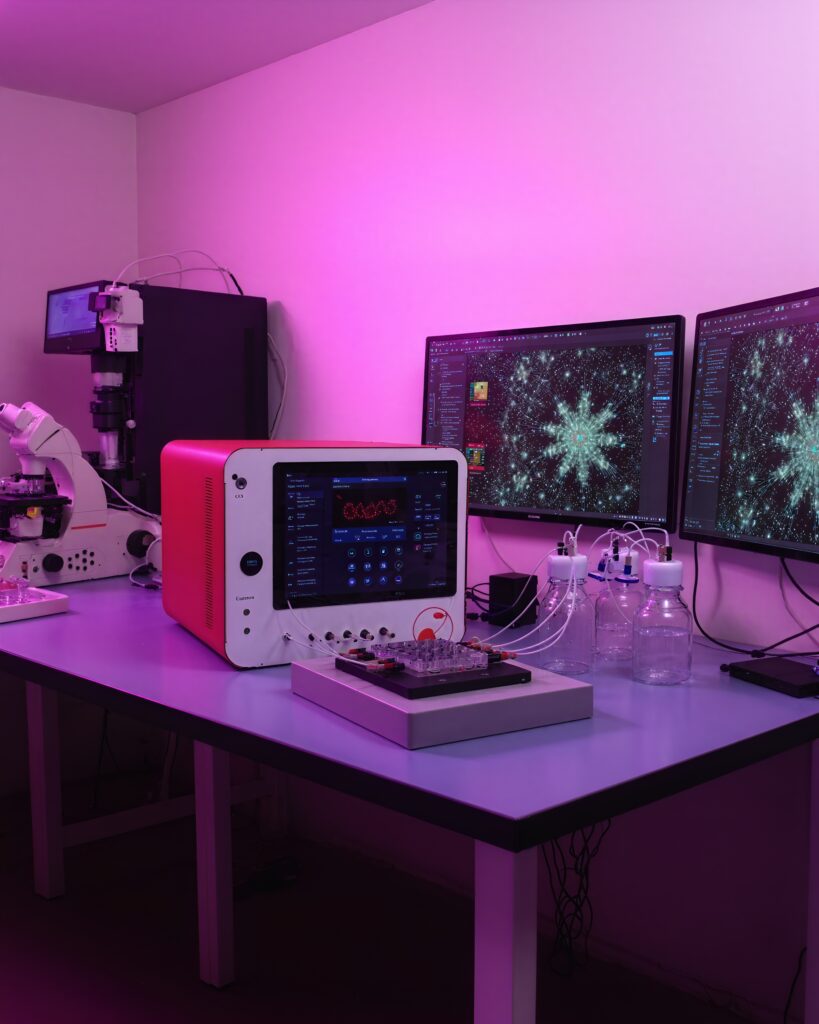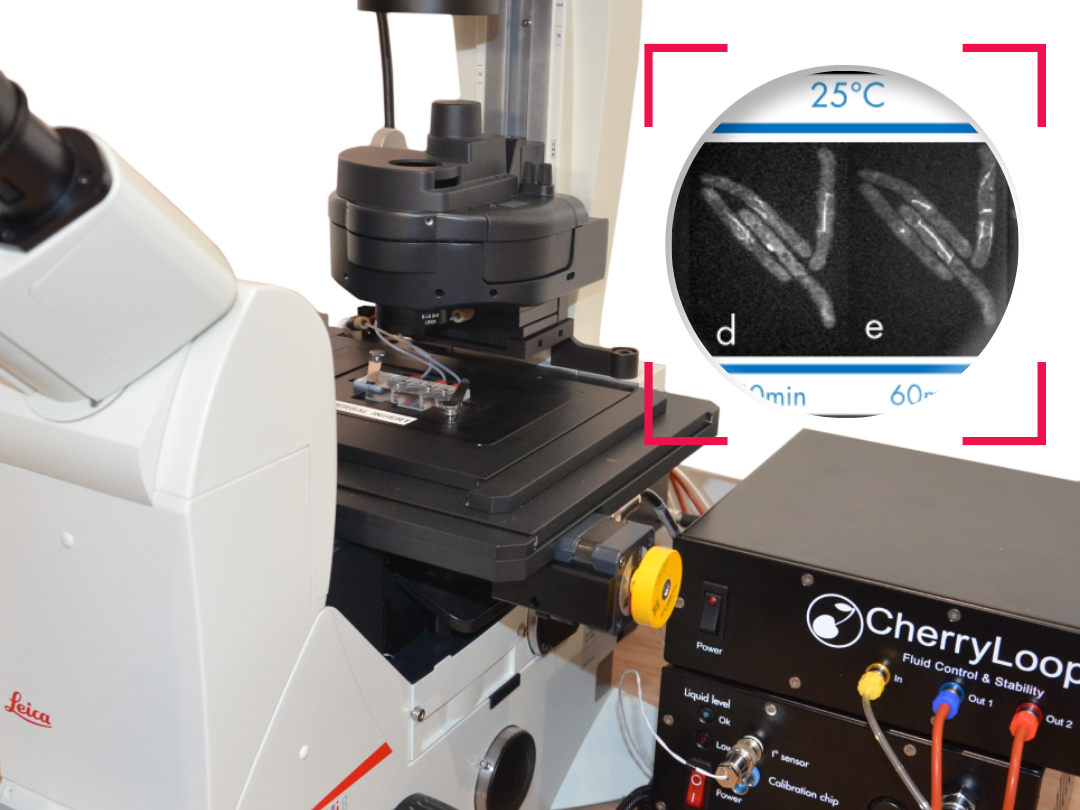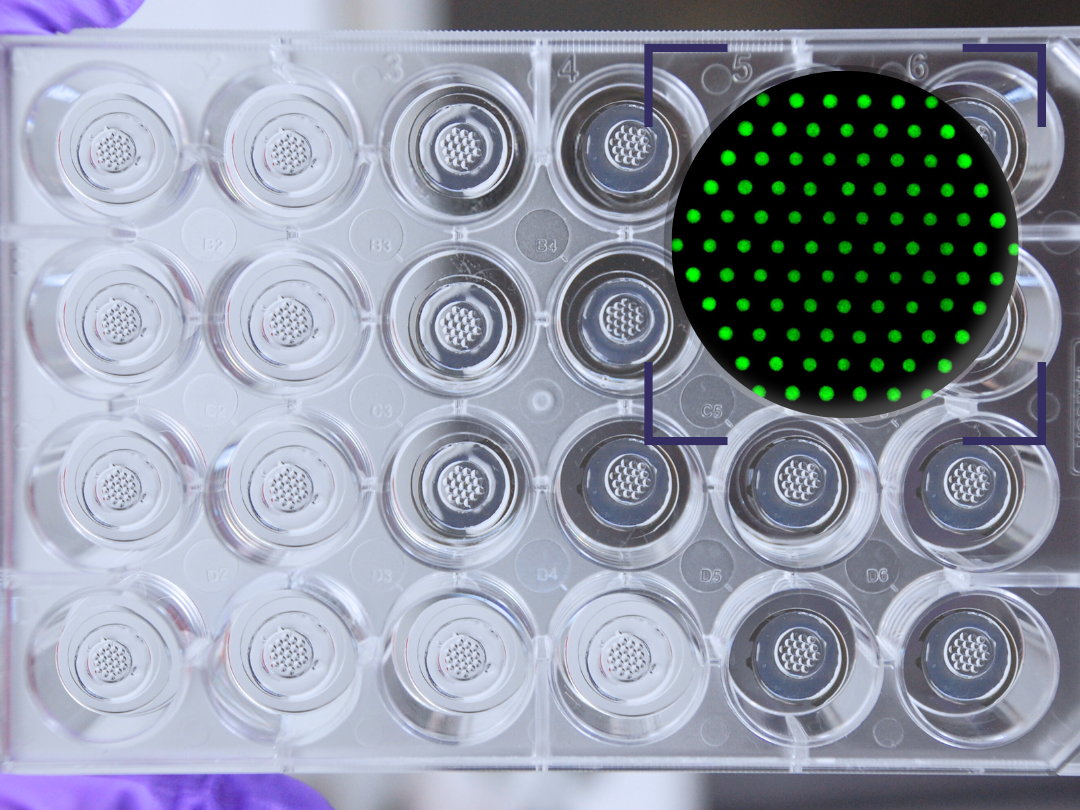In vitro 3D Human Models
Cherry Biotech’s organoid technology in controlled microenvironment replicates the human physiology to reduce the risk in drug testing.
Our expertise in Micro-physiology, Microfluidics and 3D cell culture allows the creation of complex, 3D human-relevant models with immunocompetence, perfusion, and vascularization in vitro.
By integrating AI and biosensors, we generate and analyze real world-like preclinical data, derisking drug testing and improve preclinical trial outcomes.
Our Models
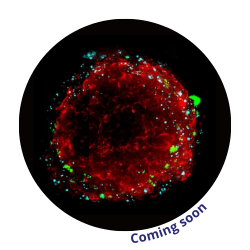
LUNG
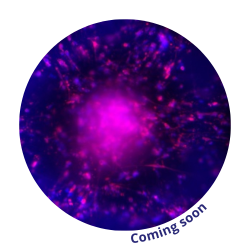
MELANOMA
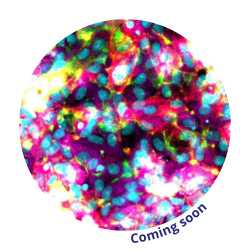
LIver
CubiX platform
—
A Complex Representation of Human Biology
The only microenvironment controller fully compatible with live imaging. It enables mimicking physiological and pathological culture conditions in vitro. Scalable, highly customisable and user-friendly.
CubiX platform includes a control unit (software, gas & flow controller), a heating stage & microfluidics perfusion lid(s).
Key Features
How can CubiX enable your project?
We are convinced that the technological convergence of Microfluidic Organ-On-Chip, Multi-omics, the most advanced imaging techniques and AI will allow to better predict drugs effects on the human body and bring the possibility to replace animal testing.
Get a free consultation with our expert to see how CubiX can help with your project.
Testimonial
Institute of Cancerology Gustave Roussy
Their experience
with Cherry Biotech

Institute of Cancerology Gustave Roussy

The flexibility and potential for customization of the CubiX system is of great benefit for our experiments and ongoing work


They Trust Us
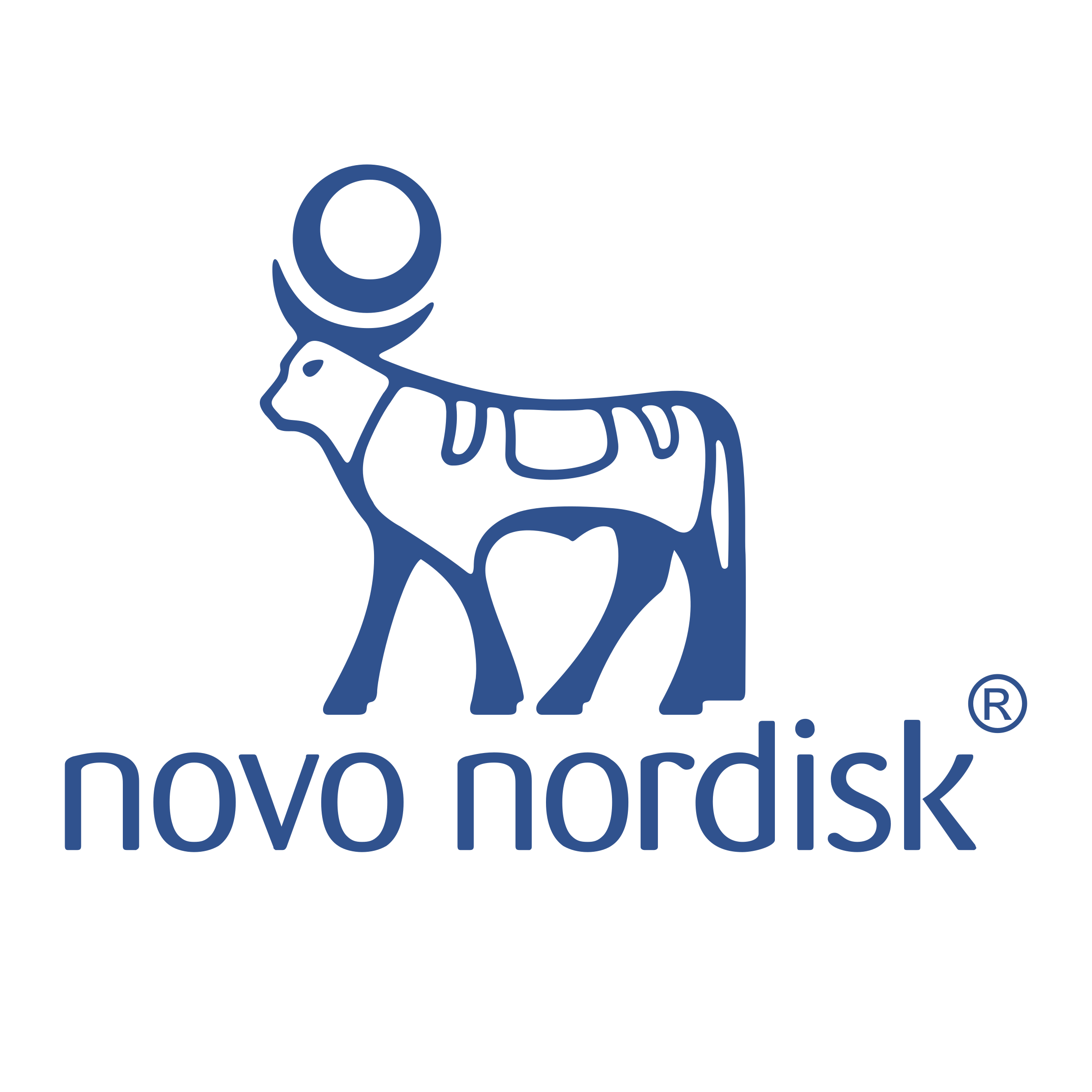


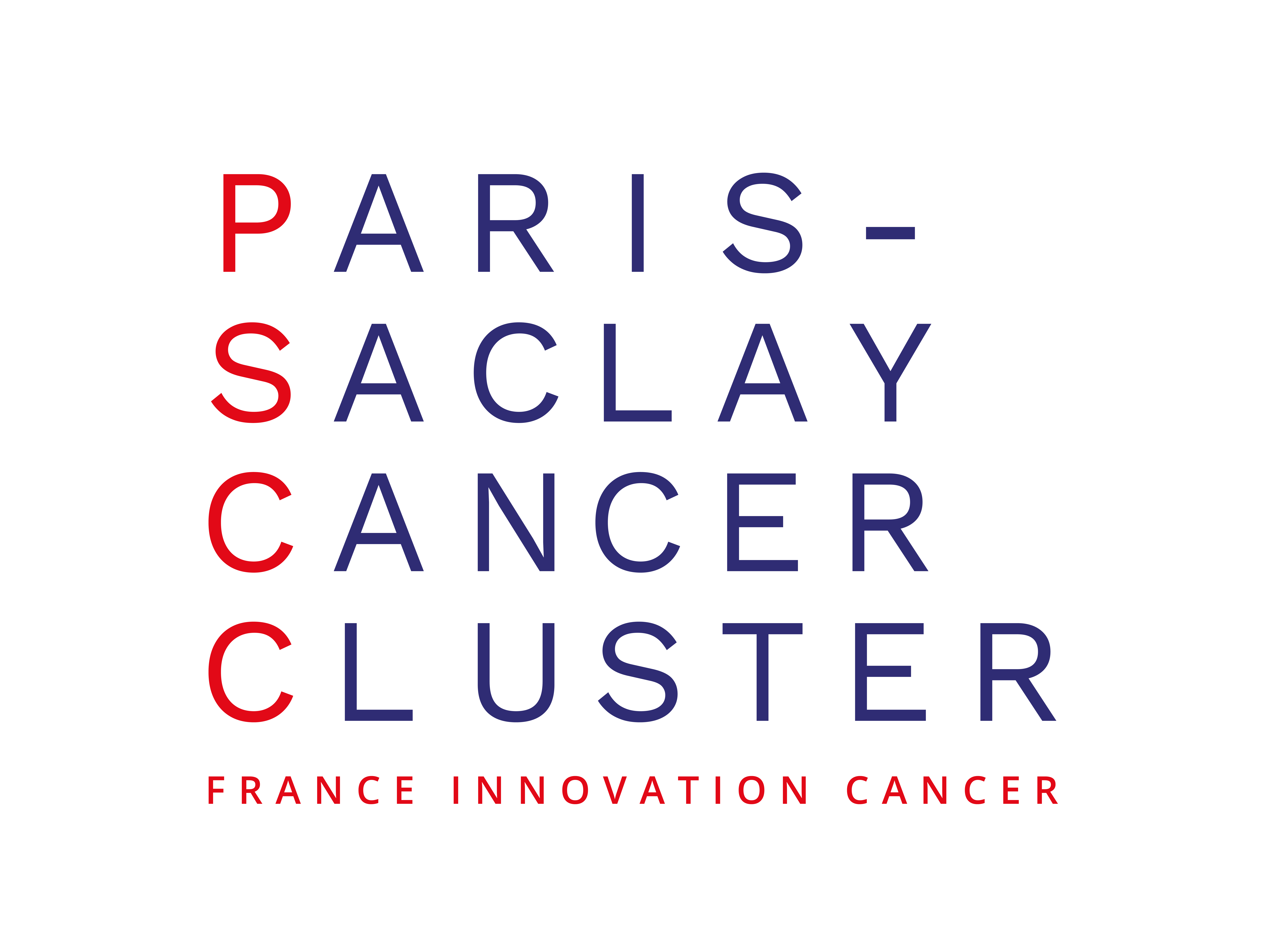
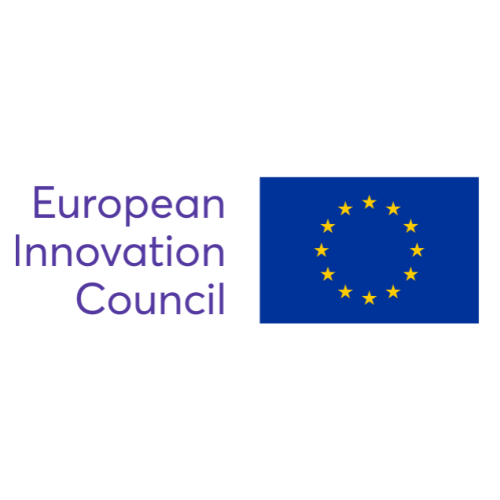

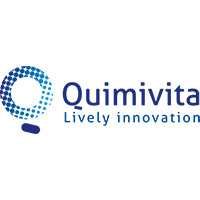
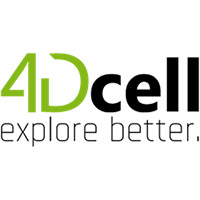
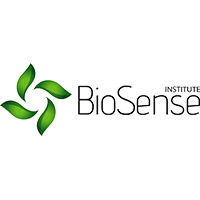
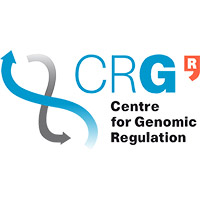
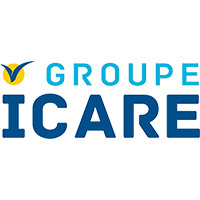

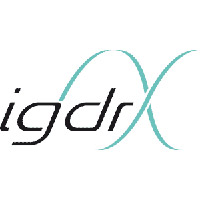
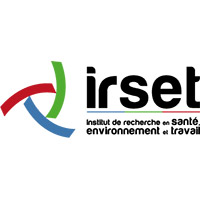
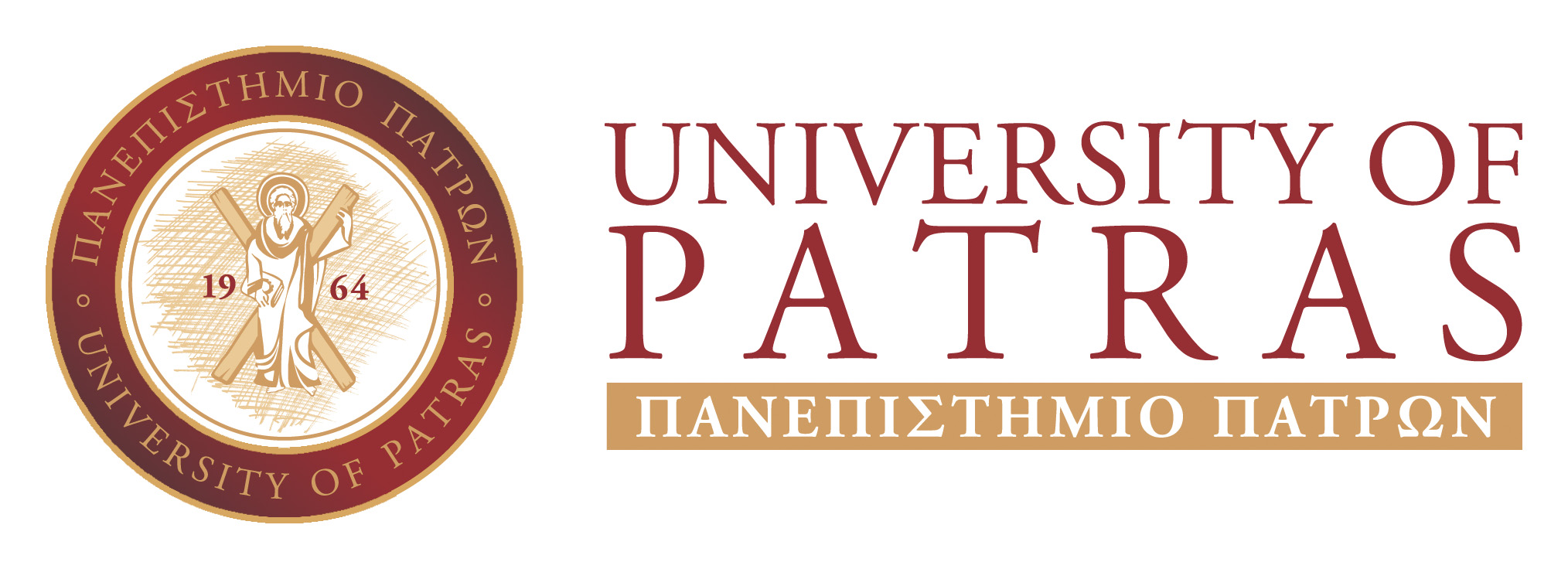
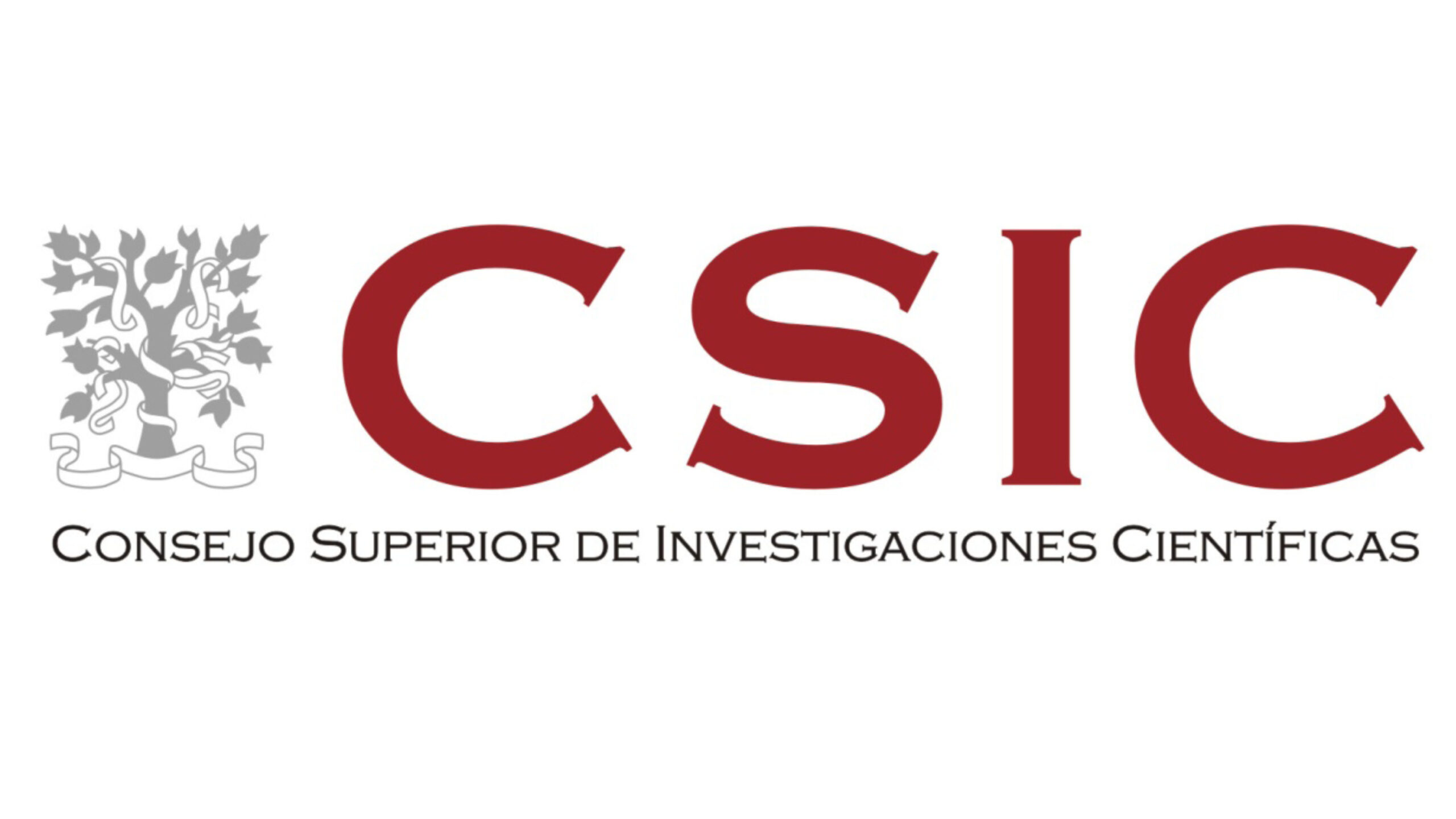
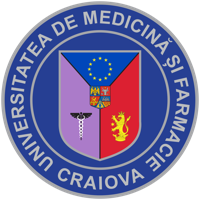


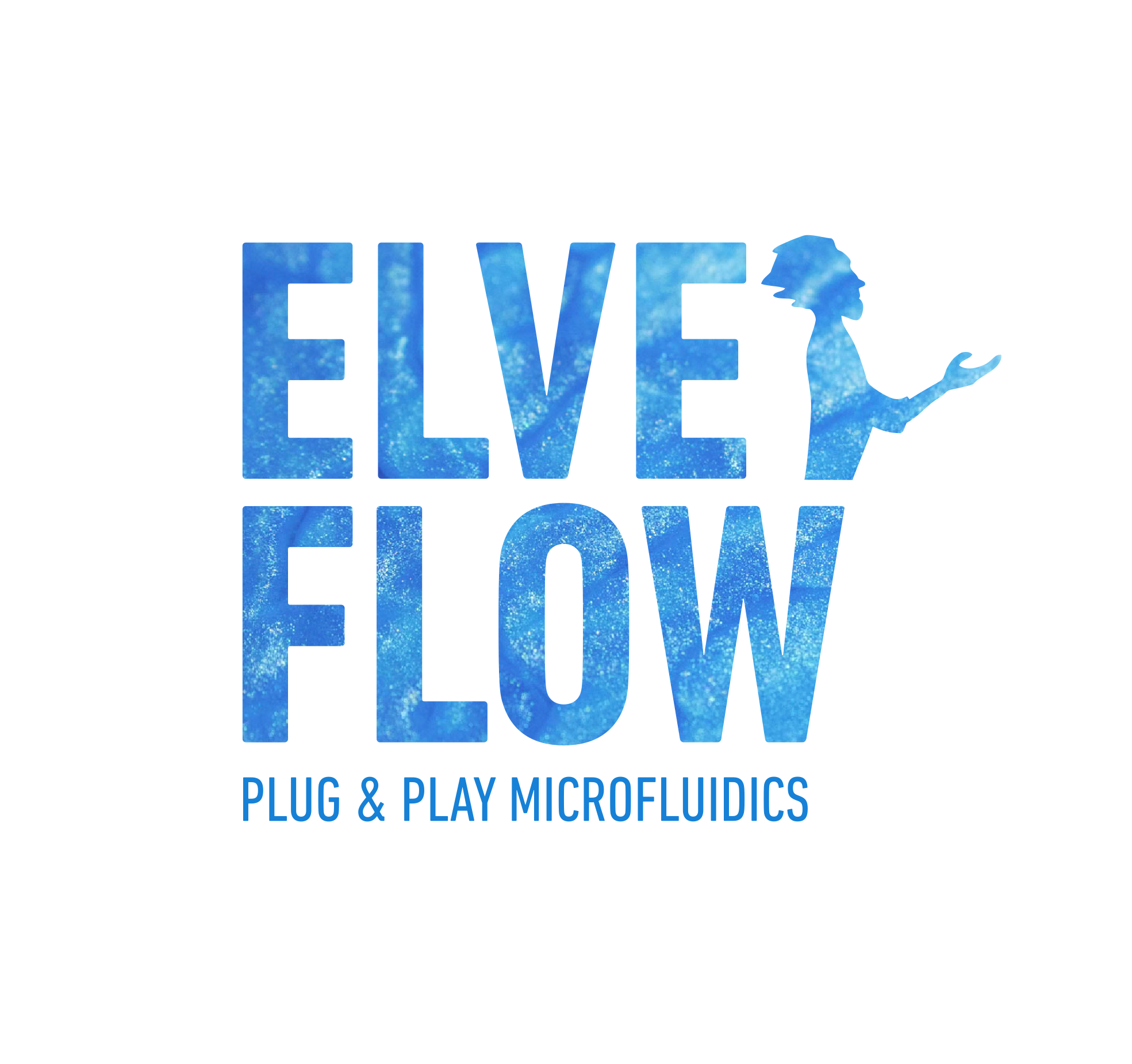
3D In Vitro Contract Research Organization (CRO) Service
We provide both standard and customized in vitro studies that can be used to screen your new therapeutic candidates, explore the mechanisms of action, and accelerate the design of clinical trials.
Our range of services is particularly suitable for drug developers who require rapid access to organoids, 3D cell-cultures technology but do not wish to invest in their own equipment.
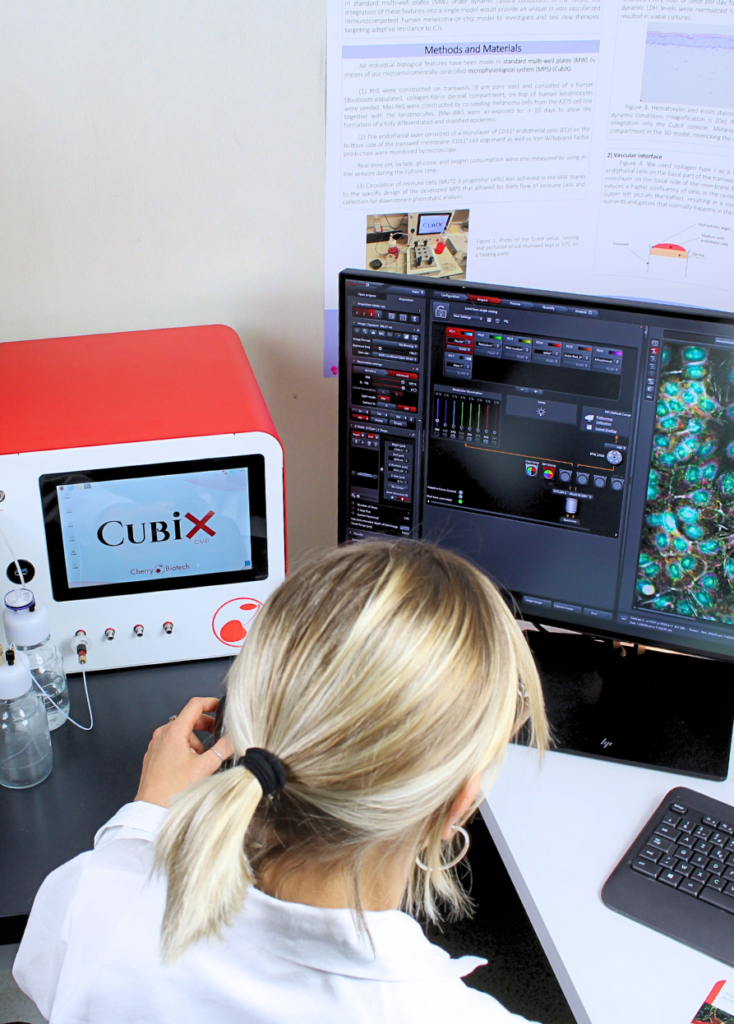
Alternative To Animal Testing
As manufacturers of alternatives and actors in scientific research, we care about animal welfare and we are working towards the better changes

White Paper
-
Animal testing landscape
The use of animals in science & global driving forces toward alternatives.
Other products


